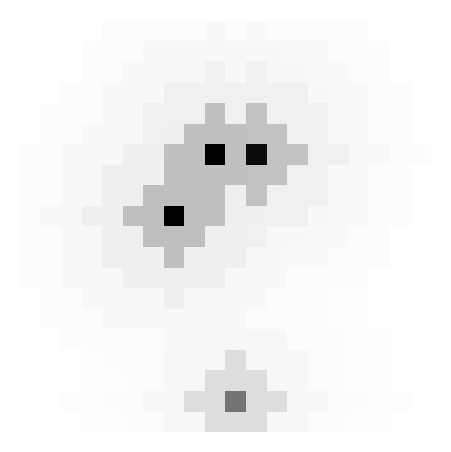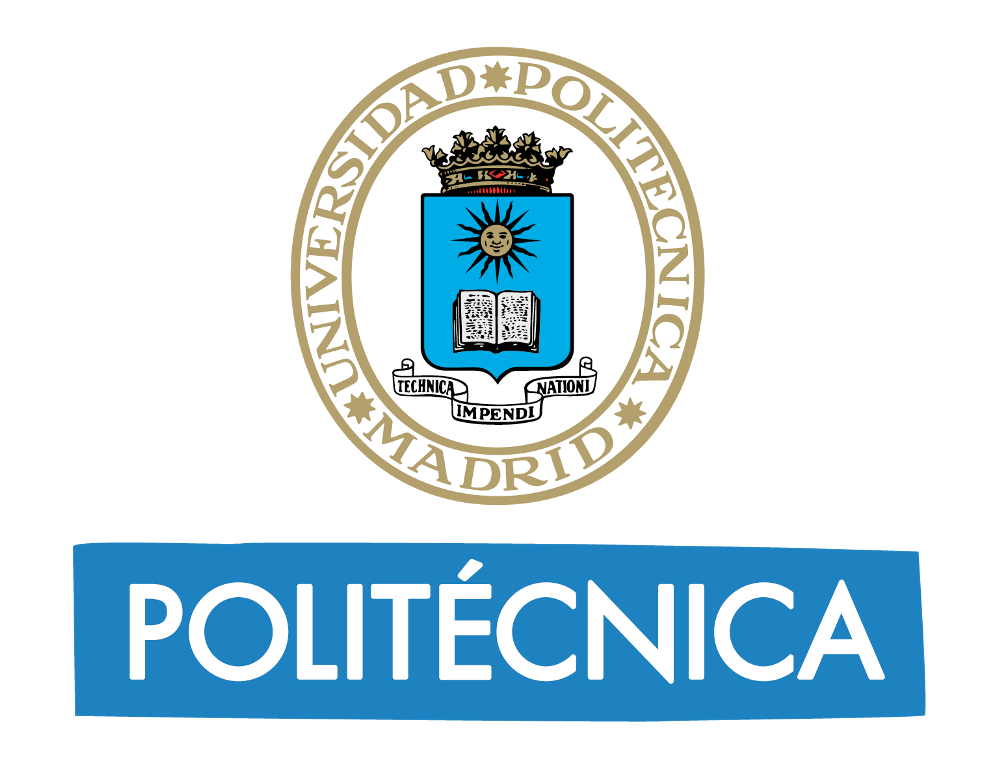## TINTOlib
[](https://github.com/oeg-upm/TINTOlib-Documentation/blob/main/LICENSE)
[](https://pypi.python.org/pypi/)
[](https://tintolib.readthedocs.io/en/latest/)
[](https://drive.google.com/file/d/10iKmFCC_od-P_tqWzA_UQE2ieUhCV-uy/view?usp=sharing)
[](https://drive.google.com/file/d/1dv8QYxPsh-HA7TFlmFfQHGE5oMb5VHk4/view?usp=sharing)
[](https://drive.google.com/file/d/1uQRNgfgi3G2-T4j0VsCnSLLSqzWykPM-/view?usp=sharing)
**TINTOlib** is a state-of-the-art library that wraps the most important techniques for the construction of **Synthetic Images** from [Sorted Data](https://www.jstatsoft.org/article/view/v059i10) (also known as **Tabular Data**).
**Citing TINTO**: If you used TINTO in your work, please cite the **[SoftwareX](https://doi.org/10.1016/j.softx.2023.101391)**:
```bib
@article{softwarex_TINTO,
title = {TINTO: Converting Tidy Data into Image for Classification with 2-Dimensional Convolutional Neural Networks},
journal = {SoftwareX},
author = {Manuel Castillo-Cara and Reewos Talla-Chumpitaz and Raúl García-Castro and Luis Orozco-Barbosa},
volume={22},
pages={101391},
year = {2023},
issn = {2352-7110},
doi = {https://doi.org/10.1016/j.softx.2023.101391}
}
```
And use-case developed in **[INFFUS Paper](https://doi.org/10.1016/j.inffus.2022.10.011)**
```bib
@article{inffus_TINTO,
title = {A novel deep learning approach using blurring image techniques for Bluetooth-based indoor localisation},
journal = {Information Fusion},
author = {Reewos Talla-Chumpitaz and Manuel Castillo-Cara and Luis Orozco-Barbosa and Raúl García-Castro},
volume = {91},
pages = {173-186},
year = {2023},
issn = {1566-2535},
doi = {https://doi.org/10.1016/j.inffus.2022.10.011}
}
```
## Features
- Input data formats (2 options):
- **Pandas Dataframe**
- **Files with the following format**
- **Tabular files**: The input data must be in **[CSV](https://en.wikipedia.org/wiki/Comma-separated_values)**, taking into account the **[Tidy Data](https://www.jstatsoft.org/article/view/v059i10)** format.
- **Tidy Data**: The **target** (variable to be predicted) should be set as the last column of the dataset. Therefore, the first columns will be the features.
- All data must be in numerical form.
- Runs on **Linux**, **Windows** and **macOS** systems.
- Compatible with **[Python](https://www.python.org/)** 3.7 or higher.
## Models
| Model | Class | Features | Hyperparameters |
|:----------------------------------------------------------------:|:------------:|:--------:|:----------------------------------------------------------------------------------------------------------------------------------------------:|
| [TINTO](https://github.com/oeg-upm/TINTO) | `TINTO()` | `blur` | `problem` `algorithm` `pixels` `blur` `amplification` `distance` `steps` `option` `seed` `times` `verbose` |
| [SuperTML](https://github.com/GilesStrong/SuperTML_HiggsML_Test) | `SuperTML()` | | `problem` `columns` `font_size` `image_size` `verbose` |
| [IGTD](https://github.com/zhuyitan/igtd) | `IGTD()` | | `problem` `scale` `fea_dost_method` `image_dist_method` `save_image_size` `max_step` `val_step` `error` `switch_t` `min_gain` `seed` `verbose` |
| [REFINED](https://github.com/omidbazgirTTU/REFINED) | `REFINED()` | | `problem` `hcIterations` `verbose` |
| [BarGraph]() | `BarGraph()` | | `problem` `pixel_width` `gap` `verbose` |
| [DistanceMatrix]() | `DistanceMatrix()` | | `problem` `scale` `verbose` |
| [Combination]() | `Combination()` | | `problem` `pixel_width` `gap` `verbose` |
## Documentation
**[Read the documentation](https://tintolib.readthedocs.io/en/latest/)**.
## Getting Started
**You can install TINTOlib using [Pypi](https://pypi.org/project/TINTOlib/)**:
```
pip install torchmetrics pytorch_lightning TINTOlib imblearn keras_preprocessing mpi4py
```
To import a specific model use
```
from TINTOlib.tinto import TINTO
```
Create the model. If you don't set any hyperparameter, the model will use the default values ([read documentation](https://tintolib.readthedocs.io/en/latest/)).
````
model = TINTO(blur=True)
````
To generate the synthetic images use ``.generateImages(data,folder)`` method.
````
model.generateImages(data, resultsFolderPath)
````
## How to use TINTOlib - Google Colab crash course
Once the images have been created by TINTO, they can be imported into any project using CNNs.
In order to facilitate their use, a Jupyter Notebook has been created in which you can see how the images are read and how they can be used as input in a CNN.
- **[Click here to TINTOlib crash course using classification ML problems with CNNs in Google Colab](https://drive.google.com/file/d/10iKmFCC_od-P_tqWzA_UQE2ieUhCV-uy/view?usp=sharing)**
- **[Click here to TINTOlib crash course using classification ML problems with hybrid multimodal CNN+MLP in Google Colab](https://drive.google.com/file/d/1dv8QYxPsh-HA7TFlmFfQHGE5oMb5VHk4/view?usp=sharing)**
- **[Click here to TINTOlib crash course using regression ML problems with hybrid multimodal CNN+MLP in Google Colab](https://drive.google.com/file/d/1uQRNgfgi3G2-T4j0VsCnSLLSqzWykPM-/view?usp=sharing)**
## Converting Tidy Data into image
For example, the following table shows a classic example of the [IRIS CSV dataset](https://archive.ics.uci.edu/ml/datasets/iris) as it should look like for the run:
| sepal length | sepal width | petal length | petal width | target |
|--------------|-------------|--------------|-------------|--------|
| 4.9 | 3.0 | 1.4 | 0.2 | 1 |
| 7.0 | 3.2 | 4.7 | 1.4 | 2 |
| 6.3 | 3.3 | 6.0 | 2.5 | 3 |
### Simple example without Blurring
The following example shows how to create 20x20 images with characteristic pixels, i.e. without blurring.
Also, as no other parameters are indicated, you will choose the following parameters which are set by default:
- **Image size**: 20x20 pixels
- **Blurring**: No blurring will be used.
- **Seed**: with the seed set to 20.
### More specific example
The following example shows how to create with blurring with a more especific parameters.
The images are created with the following considerations regarding the parameters used:
- **Blurring (-B)**: Create the images with blurring technique.
- **Dimensional Reduction Algorithm (-alg)**: t-SNE is used.
- **Blurring option (-oB)**: Create de images with maximum value of overlaping pixel
- **Image size (-px)**: 30x30 pixels
- **Blurring steps (-sB)**: Expand 5 pixels the blurring.
## License
TINTOlib is available under the **[Apache License 2.0](https://github.com/oeg-upm/TINTOlib-Documentation/blob/main/LICENSE)**.
## Authors
- **[Manuel Castillo-Cara](https://github.com/manwestc)**
- **[Raúl García-Castro](https://github.com/rgcmme)**
- **[Borja Reinoso](https://github.com/borjarei) - [borjareinoso@gmail.com](borjareinoso@gmail.com)**
## Contributors





